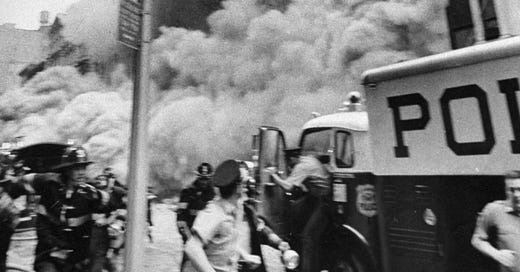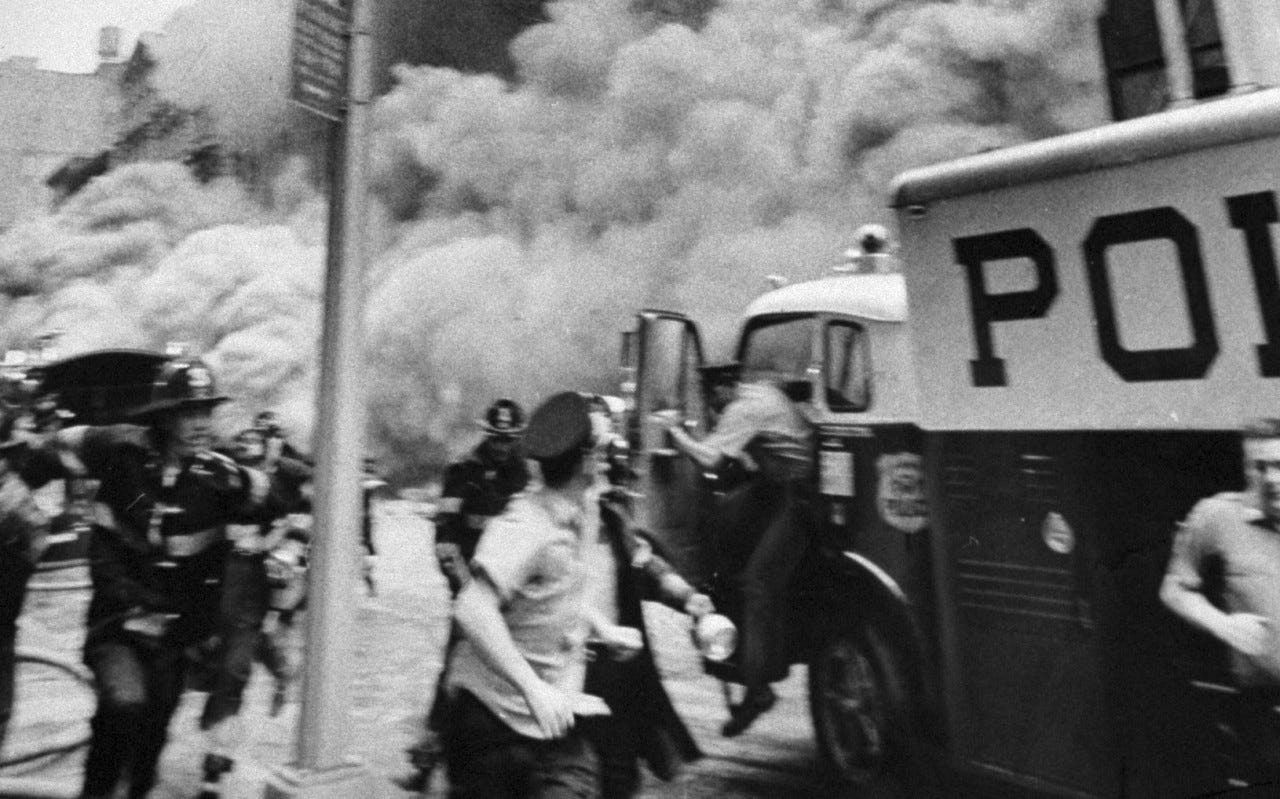The Theater Came Crashing Down
In the dodgy Greenwich Village of the early ’70s, the groundbreaking Mercer Arts Center brought Shakespeare and punk together under one roof—until tragedy struck.
Just after five p.m. on Friday August 9, 1973, there was an ominous rumbling sound at the University Hotel in Greenwich Village.
Then, as The Village Voice reported: “The plaster ceilings started falling. Four minutes later the wooden beams gave in. Floors began crumbling, caving. There were screams, people rushing into the street. Joseph Cooper, hotel manager, dialed 911 and then ran outside. He was in the street when he heard a large, awful crack, he remembers, and then the eight-floor building fell to the ground."
Keep reading with a 7-day free trial
Subscribe to Narratively to keep reading this post and get 7 days of free access to the full post archives.




